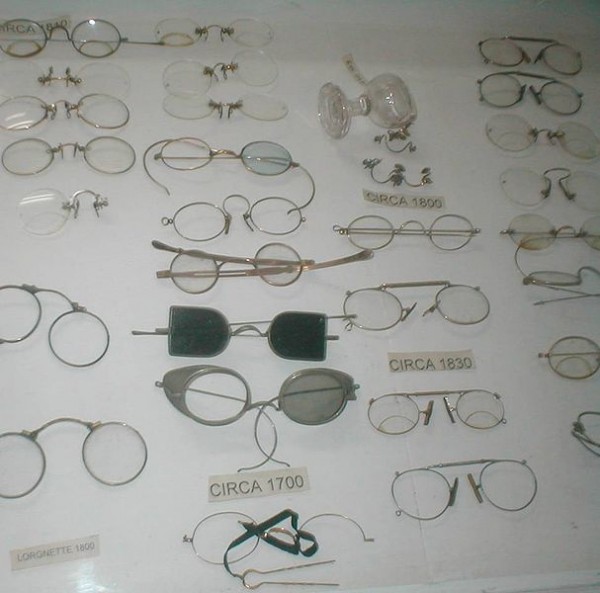
The U.S. Food and Drug Administration has approved a device that is implanted in the cornea of the eye to improve near vision. The device is called the KAMRA inlay and it is for people with presbyopia, which is the loss of near vision that occurs with age. KAMRA could allow them to read without glasses.
The KAMRA device is inserted into a pocket that an ophthalmologist creates in your cornea using a laser. It is an opaque ring that works by blocking unfocused light from the retina. By blocking peripheral light and allowing only central light through the small opening in the center, it makes your near vision clearer. The inlay is placed in only one eye, allowing you to see up close with one eye and far away with both eyes.
The FDA reviewed the results of three clinical studies. The results of the main study showed that about 83% of study participants achieved uncorrected near visual acuity of 20/40 or better 12 months after the implant was inserted. This is the level of vision needed to read most text in magazines and newspapers.
This device is intended for people aged 45 to 60 who are unable to focus on near objects or reading material. It is not for use in anyone who has had cataract surgery or who has severe dry eyes, uncontrolled glaucoma, or corneal abnormalities. It is also not appropriate for people with uncontrolled diabetes or with autoimmune or connective tissue disease.
The risks of inserting the device include those of any eye operation, such as infection, swelling, or an inflammation of the cornea. It can also cause blurred vision or problems with night vision. It is possible that the implant will not completely eliminate the need for reading glasses.
The KAMRA inlay is manufactured by AcuFocus Inc. of Irvine, CA.



